Have you seen any of the Unesco World Heritage Sites in Poland? There are currently 16, and many of them are amazing. We have visited exactly half of the Polish World Heritage Sites. Which ones have you visited? Which ones are you curious about?
Innehållsförteckning
Unesco World Heritage in Poland
At the time of writing this post, there are a total of 16 UNESCO World Heritage Sites in Poland, although the number may increase over time if more World Heritage Sites are designated. World Heritage sites are those cultural and natural environments in the world that are considered to be by far the most outstanding and of great importance to all mankind. Exciting, isn't it? Here is the full list ...
1. Krakow's historic centre
Krakow's historic centre lies at the foot of Wawel Castle. This 13th century trading city has Europe's largest square, and many historic houses, palaces and churches with stunning interiors. We have visited Krakow several times, both with and without a motorhome. A wonderful city!
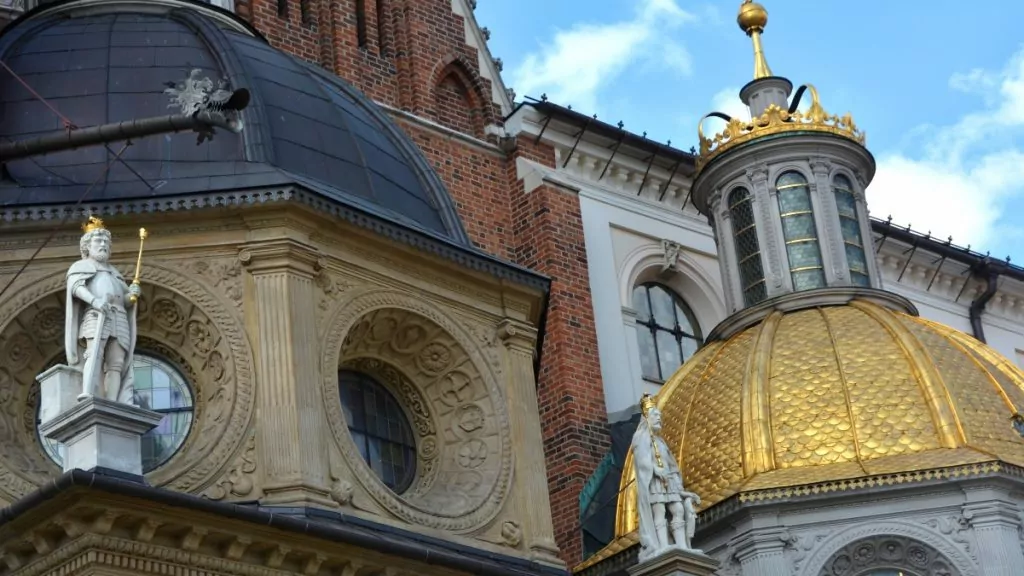
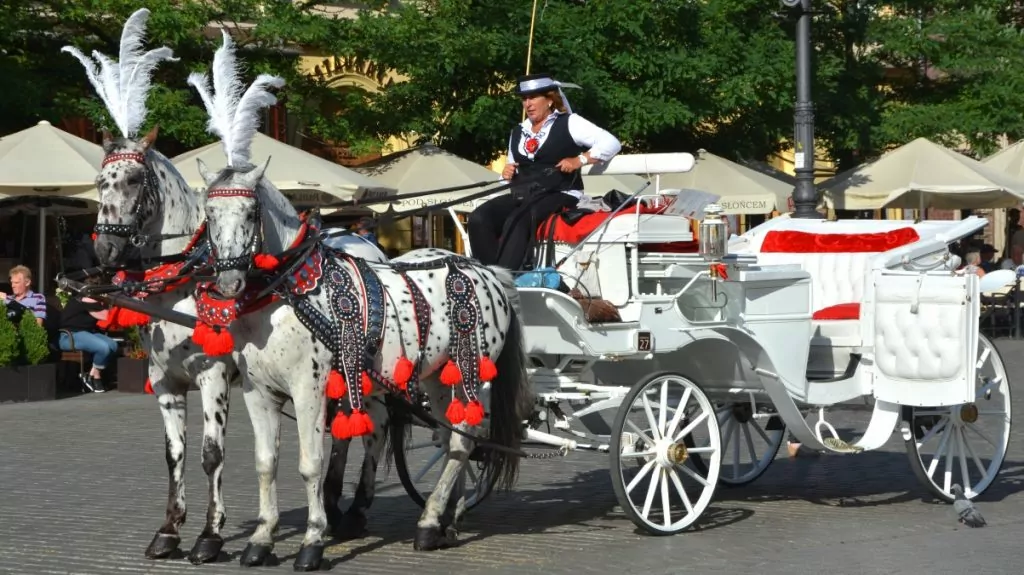
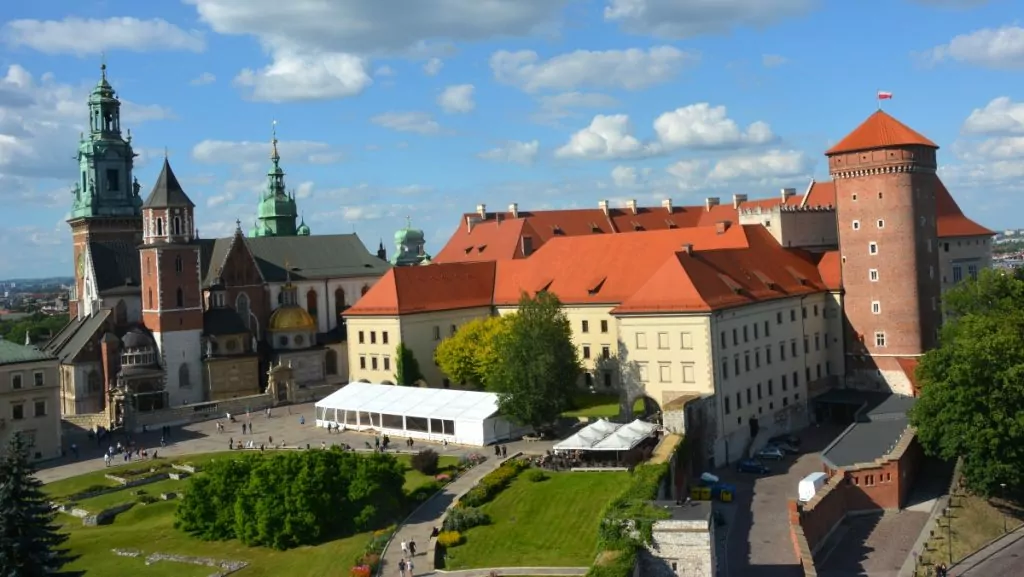
2. The Wieliczka and Bochnia salt mines
Salt has been extracted from the mines in Wieliczka and Bochnia since the 13th century. The mines show the historical development and both mines have kilometre-long galleries with art, sculptures and chapels. We visited the Wieliczka mine in the summer of 2009 and went down to a depth of 155 metres. Here we saw amazing halls and chapels with sculptures completely carved out of salt.
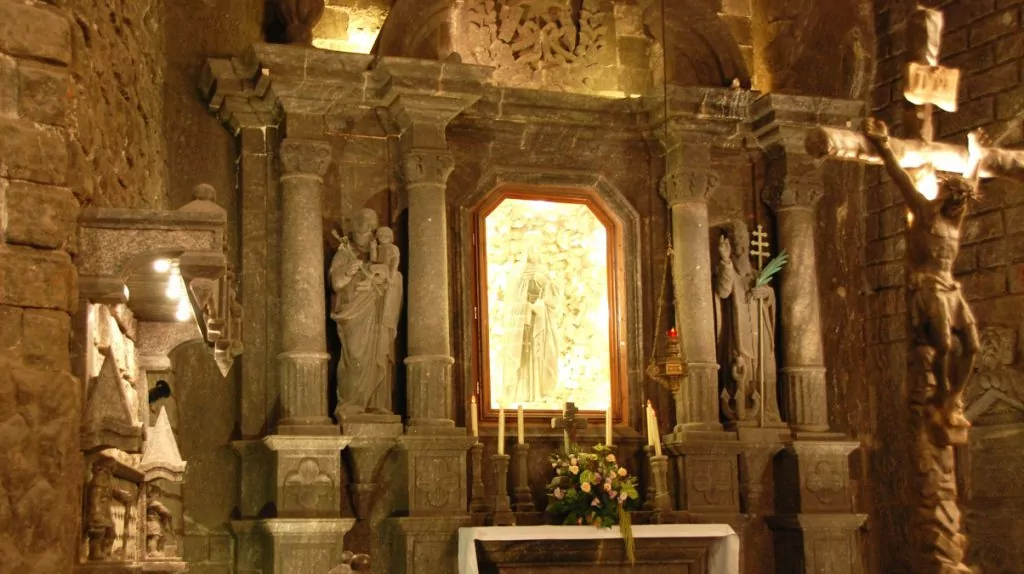
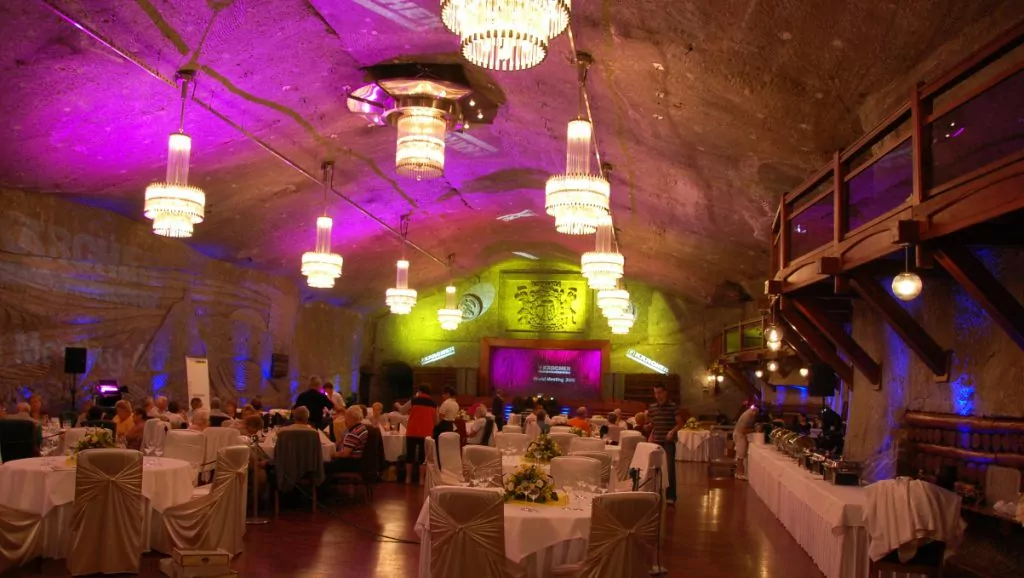
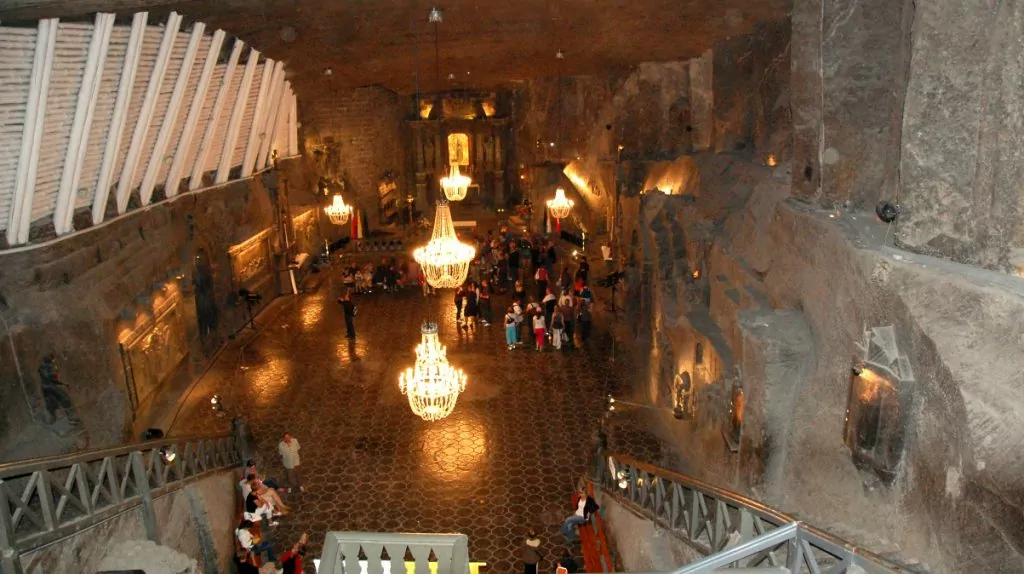
3rd Auschwitz Birkenau
Auschwitz-Birkenau is a former extermination camp located just outside Krakow. According to historical research, 1.5 million people were tortured, murdered or starved to death here, including a large number of Jews. We have not been here together, but I (Helena) was here when I was a young train traveller. A powerful and important experience!
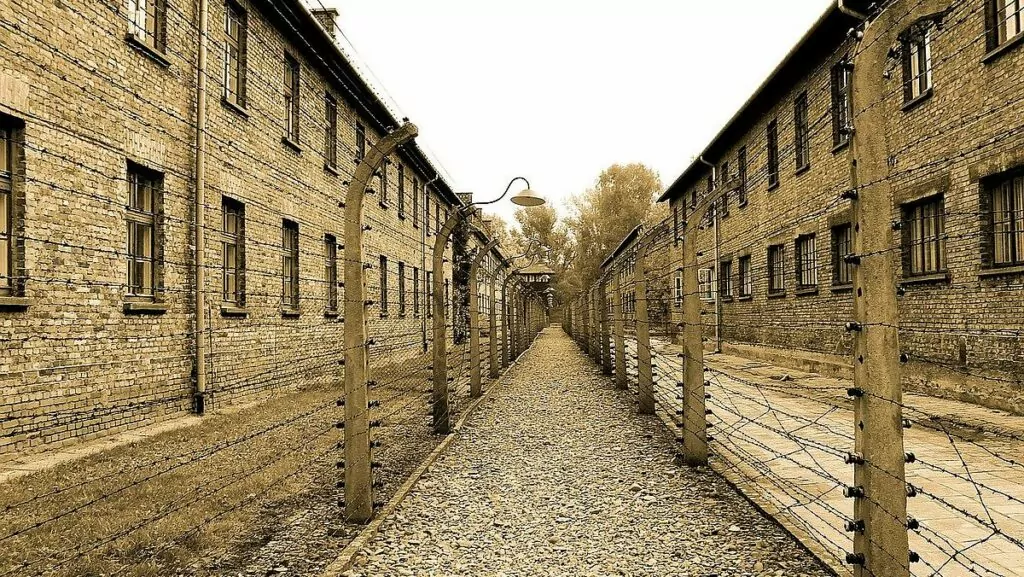
4. the Białowieza Forest
The Białowieza primeval forest is located on the border between Poland and Belarus. This is the only forest in Europe that has been preserved as it was before the arrival of humans, and it is home to many different animal and plant species. The forest is best known for its wild bison, or European bison. We visited the forest in 2017 and it was an amazing experience. We didn't see any bison on the guided tour... but later one came by the campsite where we were staying!
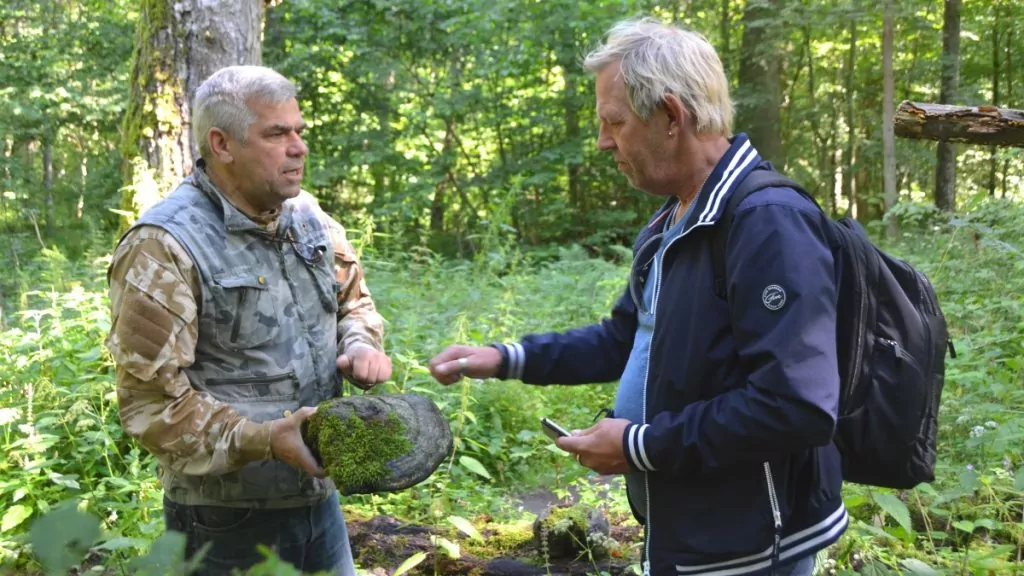
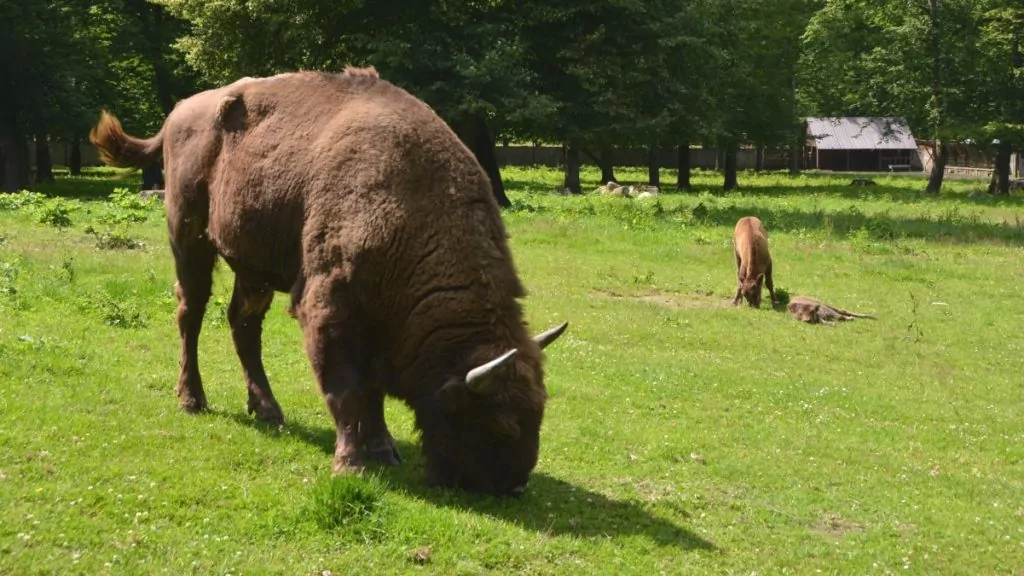
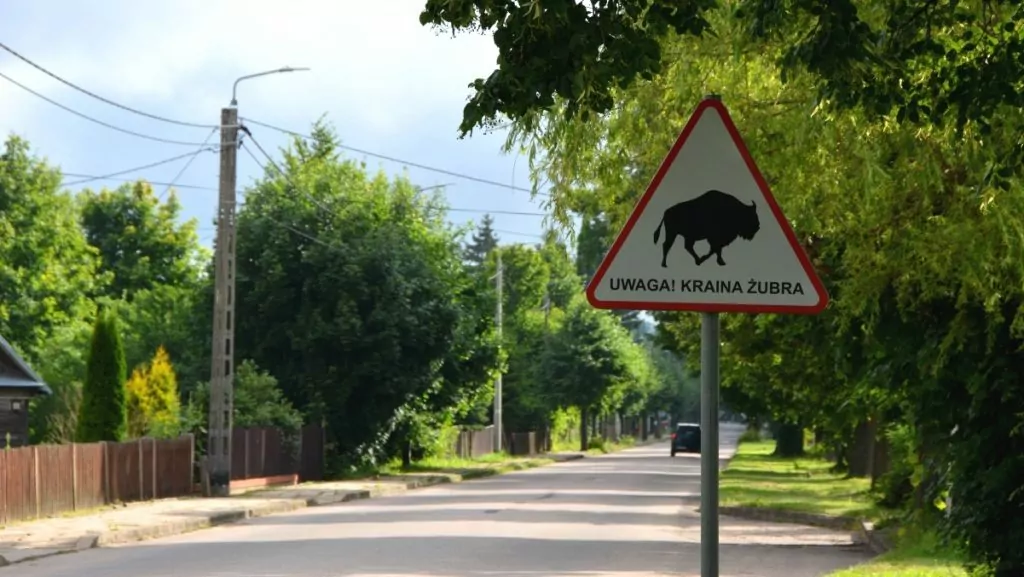
5. Warsaw's historic centre
During World War II, more than 85% of Warsaw's historic centre was destroyed. After the war, the Old Town was rebuilt with churches, castles and squares exactly as it once was. This is an outstanding example of an almost total reconstruction of a neighbourhood. We visited Warsaw in December 2016, when we also checked out the Christmas market.
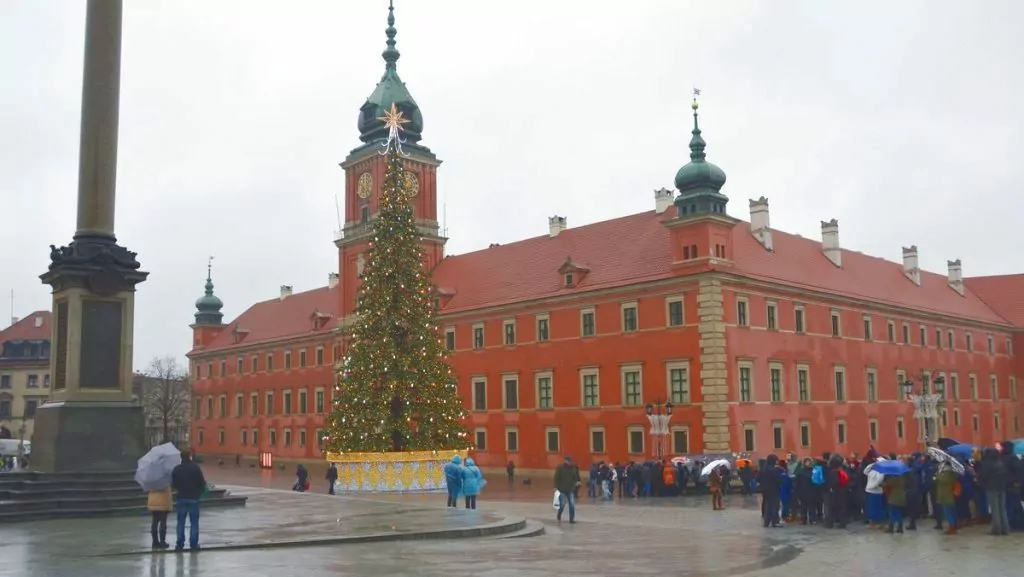
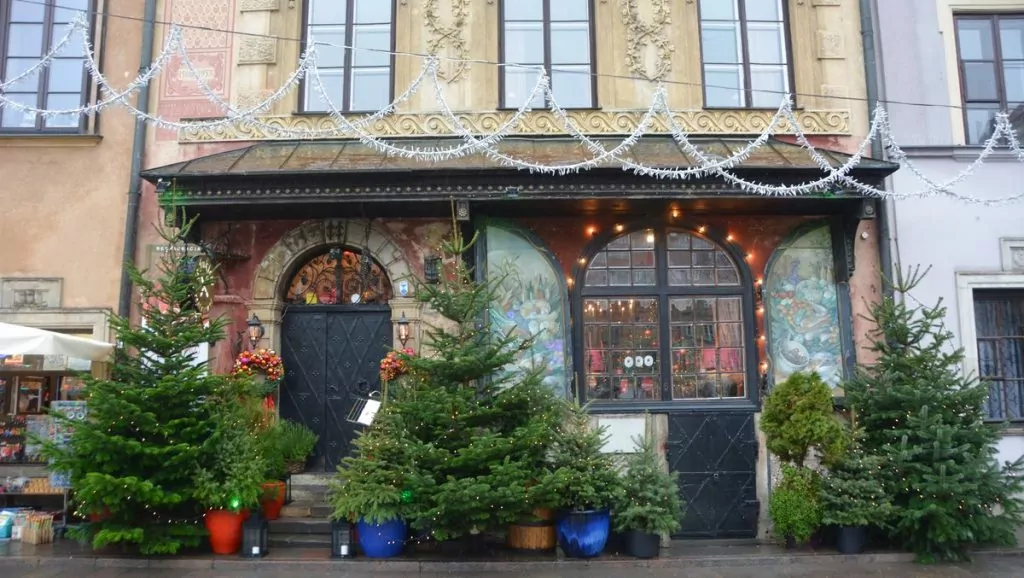
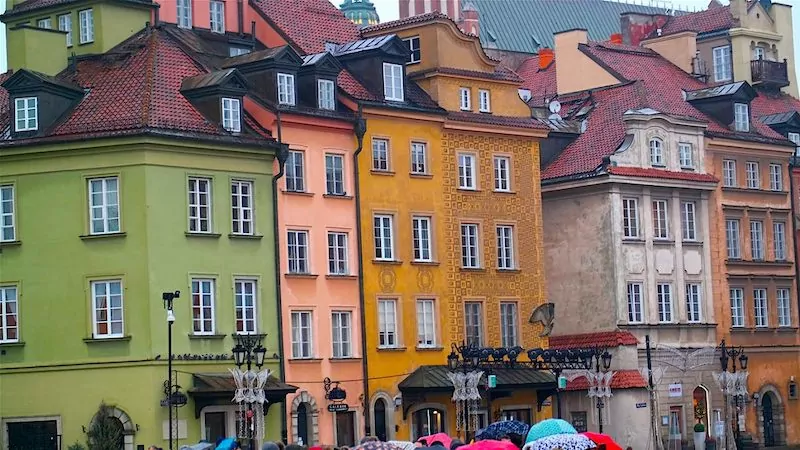
6. Zamosc old town
The city of Zamosc was founded in the 16th century, along the trade route connecting western and northern Europe with the Black Sea. It was built by an Italian architect and modelled on Italian theories of the 'ideal city'. Even today, the city has retained its original style and fortifications.
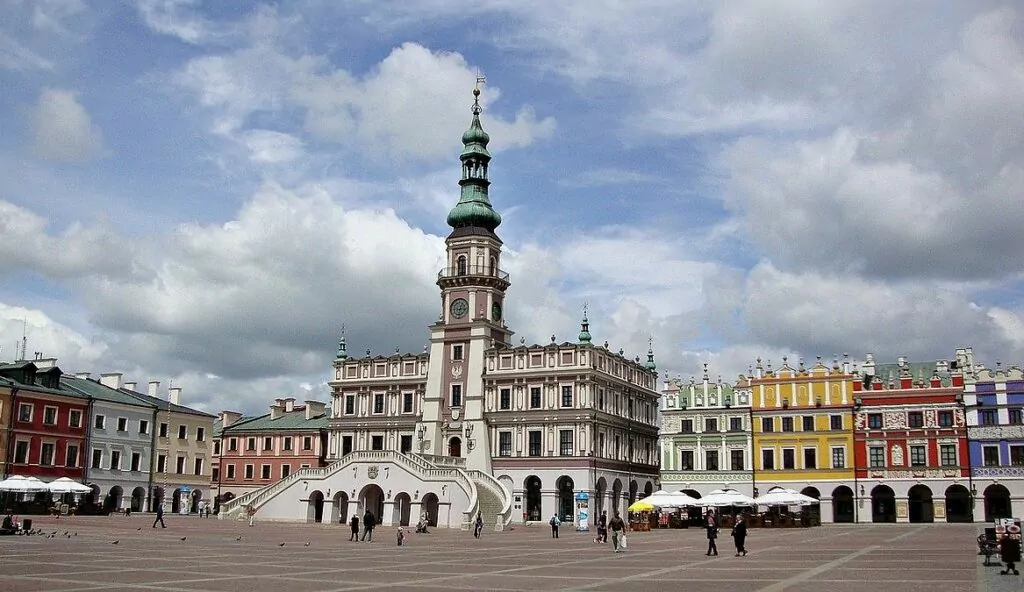
7: Malbork Castle
Malbork Castle was built by the Teutonic Order in the 14th century and has since been restored in both the 19th and 20th centuries. Many of the building techniques developed during construction have since become standard, and today this impressive castle is the largest brick building in Europe. We were here in 2014, very interesting!
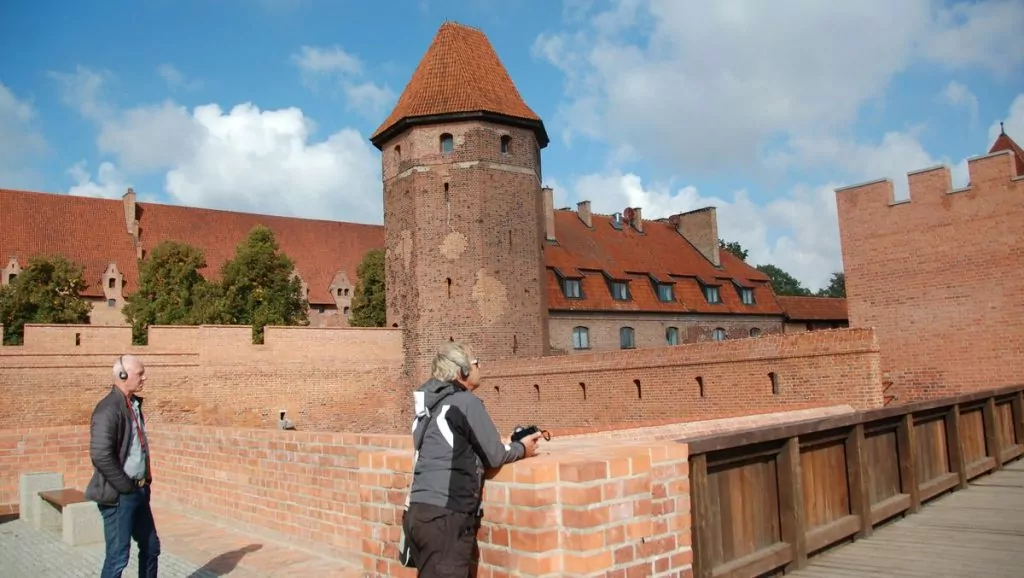
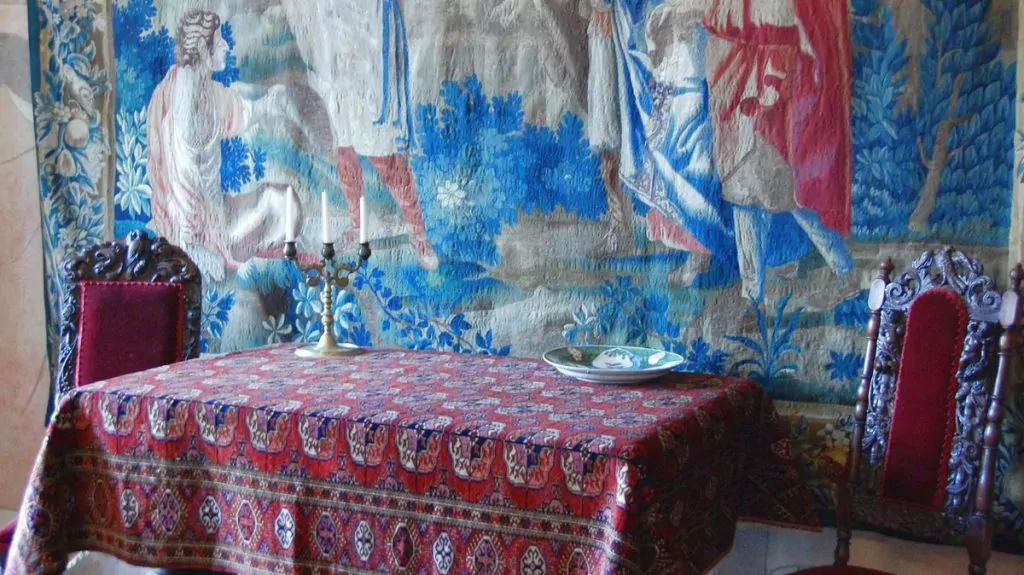
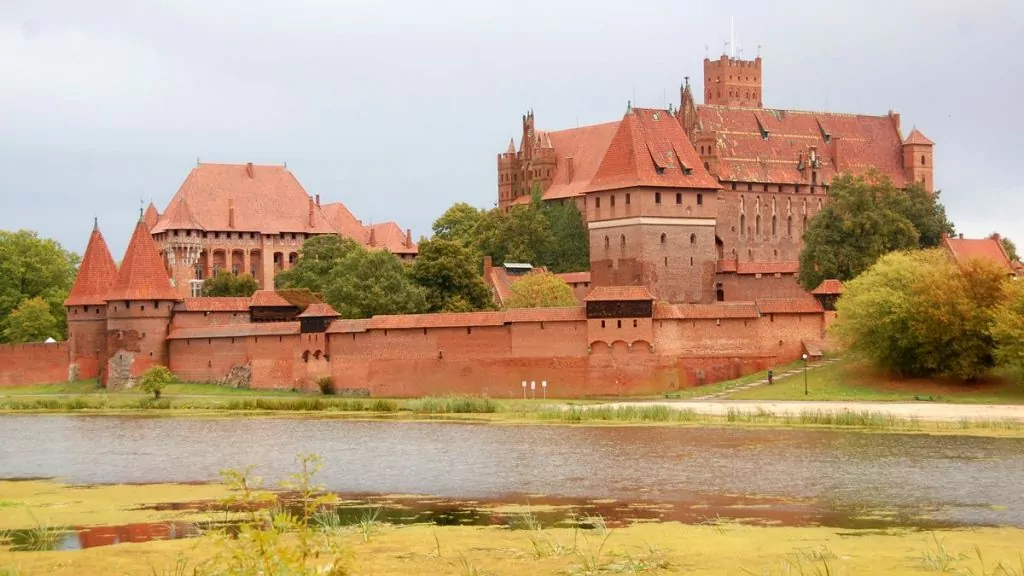
8. The medieval town of Torun
Torun was founded by the Teutonic Order in 1231, and still today there are many impressive buildings from the 15th and 16th centuries. Among other things, you can visit the house of the astronomer Copernicus, which is now a museum. We visited Torun in September 2020 and can highly recommend a visit to this beautiful town. Don't miss the famous gingerbread!
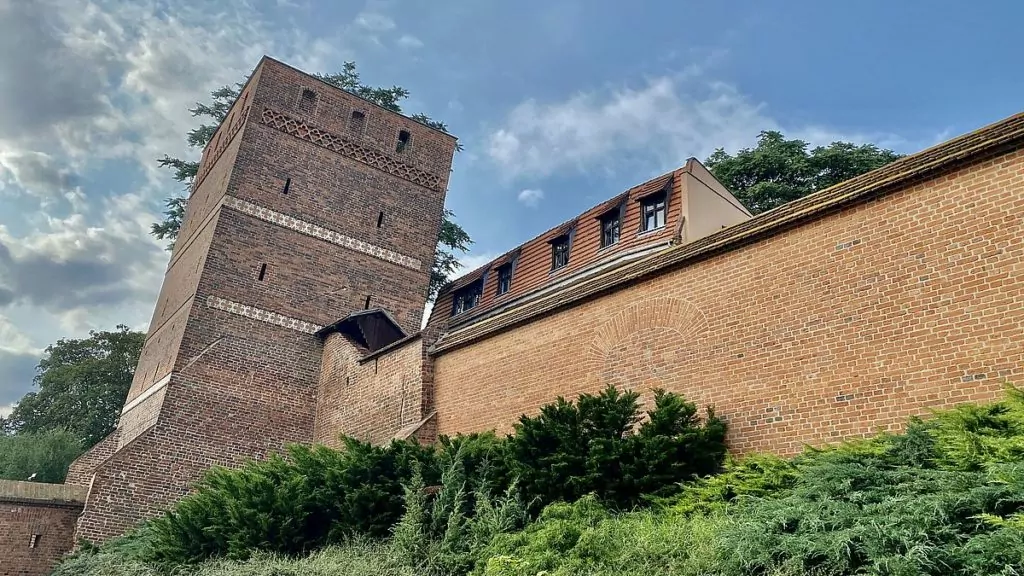
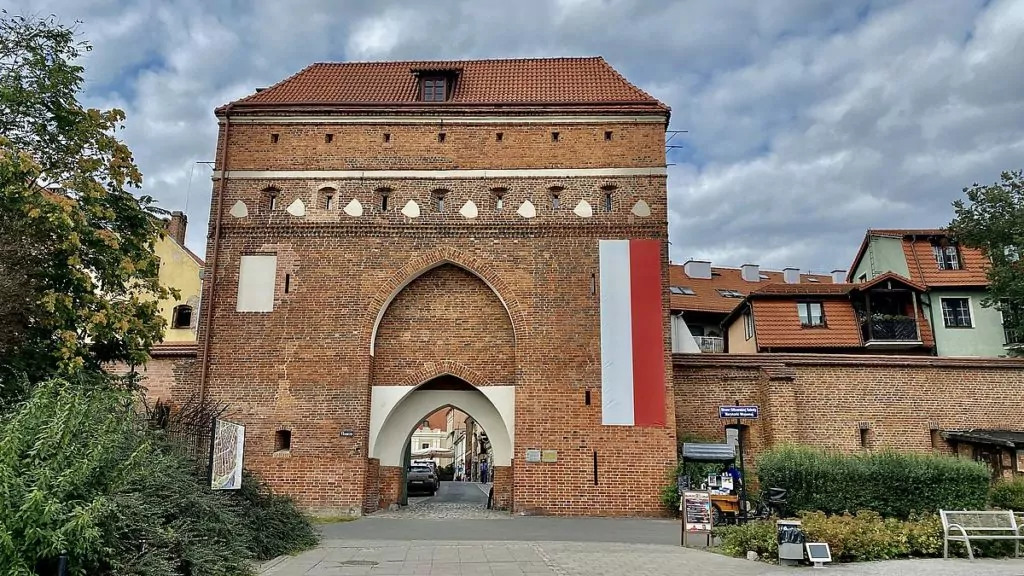
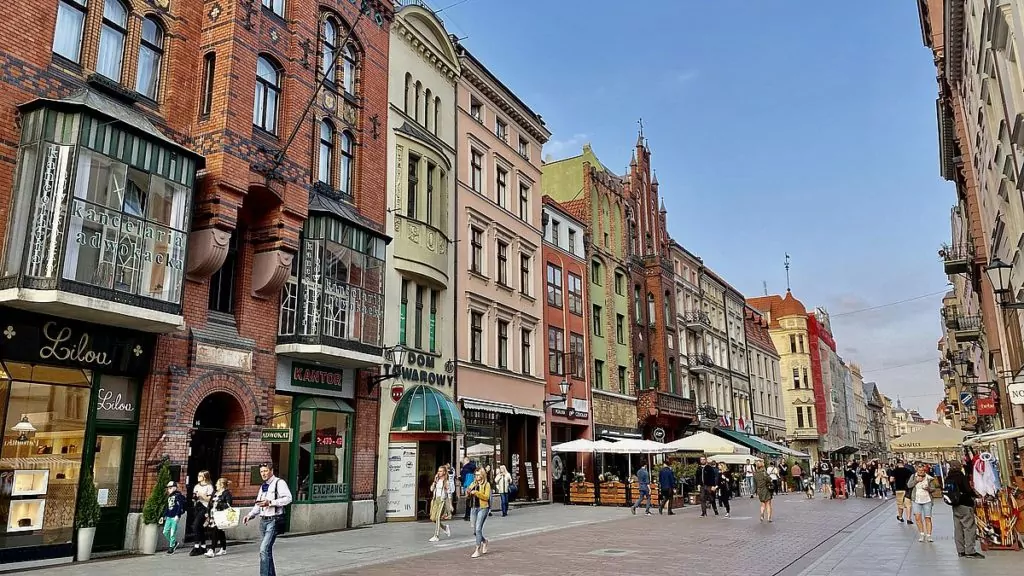
9. Kalwaria Zebrzydowska: Landscape for pilgrims
Kalwaria Zebrzydowska is a cultural landscape of great spiritual significance. It contains a number of symbolic sites associated with Jesus and the Virgin Mary. The sites date from the 17th century, and are still popular with pilgrims.
10. Peace Churches in Jawor and Swidnica
The Peace Churches in Jawor and Świdnica are the largest timbered religious buildings in Europe. The churches were built in the middle of the 17th century in the midst of the religious strife that followed the Peace of Westphalia.
11. Wooden churches in the south of Małopolska
The wooden churches of southern Małopolska represent outstanding examples of medieval church buildings in Roman Catholic culture. These churches were built using horizontal log technology and were sponsored by noble families.
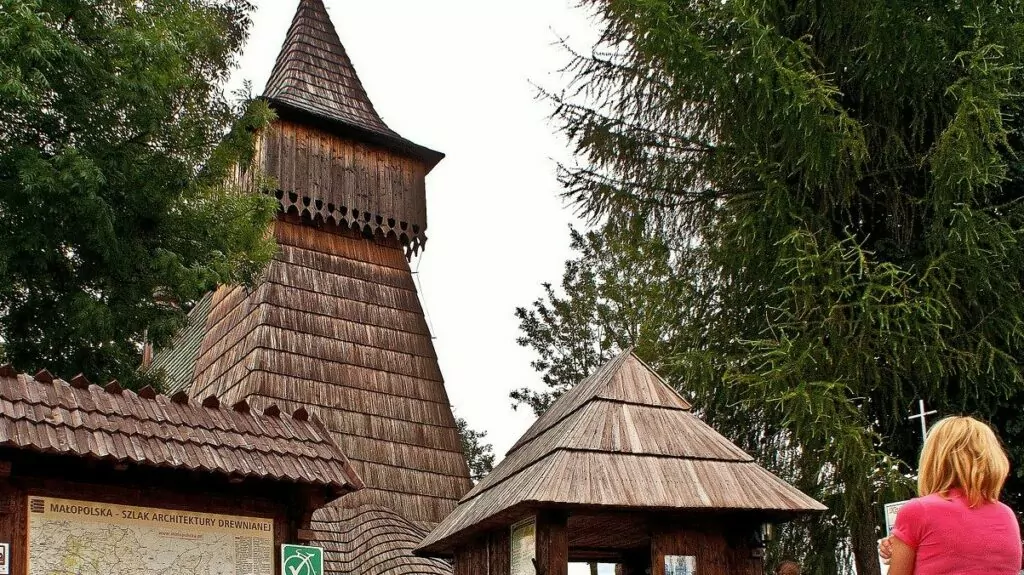
12. the Muskau Park
Muskau Park (Muzakowski) is a landscaped park created by Prince Hermann von Puckler-Muskau between 1815 and 1844. The park paved the way for new ideas and influenced the development of landscape architecture in the Western world.
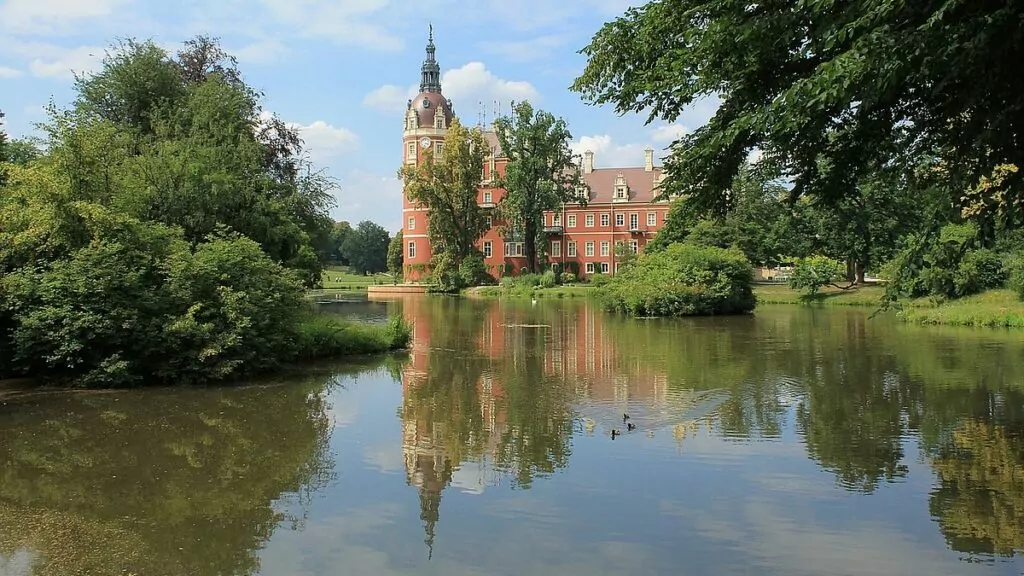
13. Centenary Hall in Wroclaw
The Centennial Hall (Hala Stulecia in Polish) was built in 1911-1913 by the architect Max Berg and can accommodate around 6000 people. The building is considered a pioneer in architecture, and became a key reference in the development of reinforced concrete construction. We visited the hall in 2020, and especially enjoyed the beautiful surroundings.
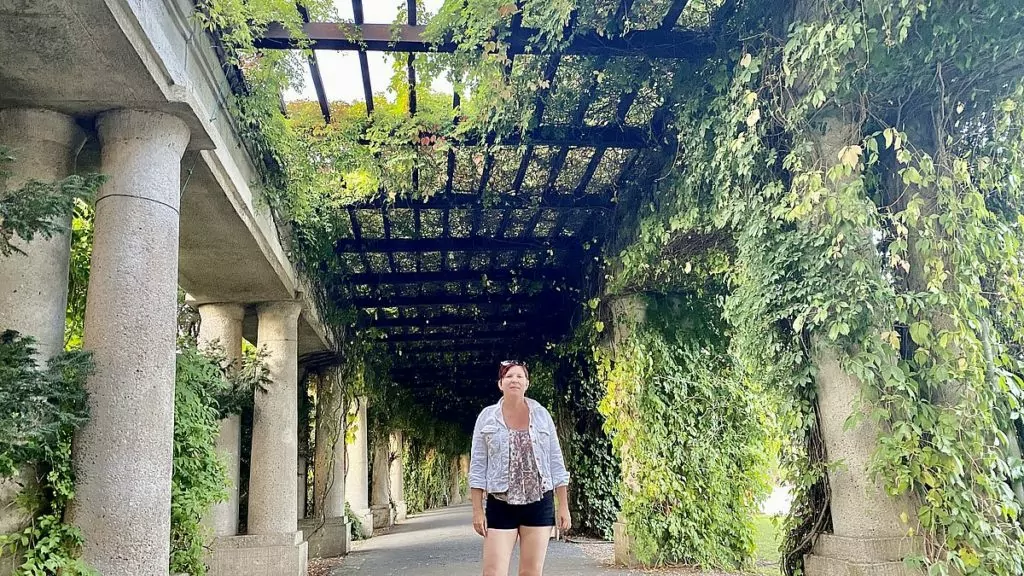
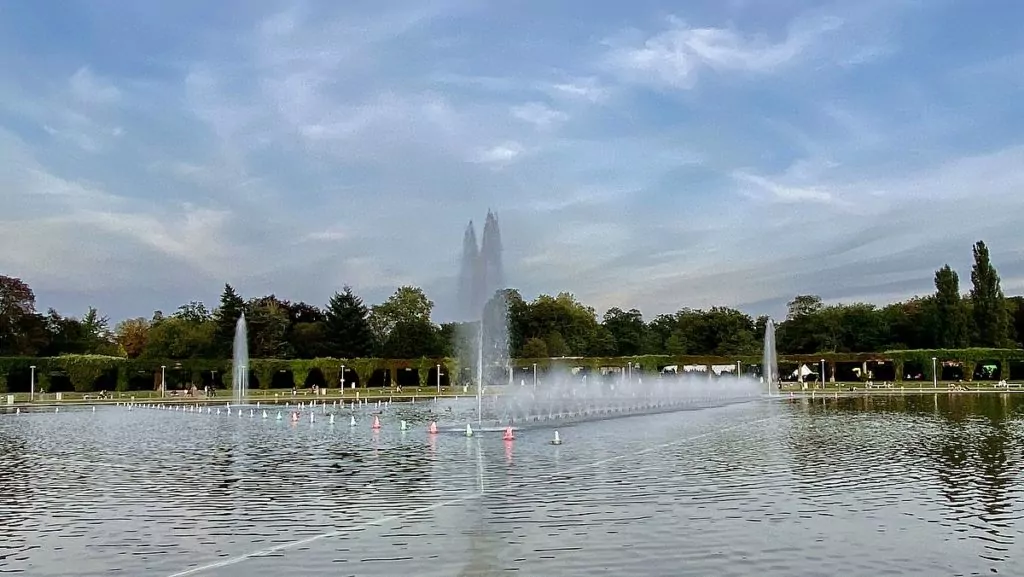
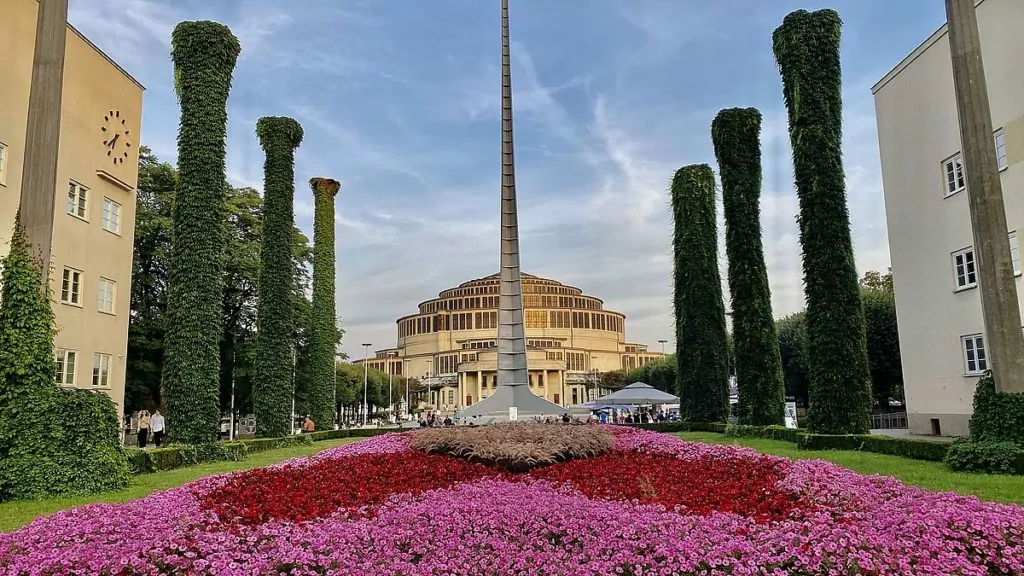
14. Wooden churches in the Carpathian region of Poland and Ukraine
In southern Poland and Ukraine there are 16 wooden churches (tserkvas). The churches were built between the 16th and 19th centuries by people of Orthodox and Greek Orthodox faith. These tverkas display a special building tradition.
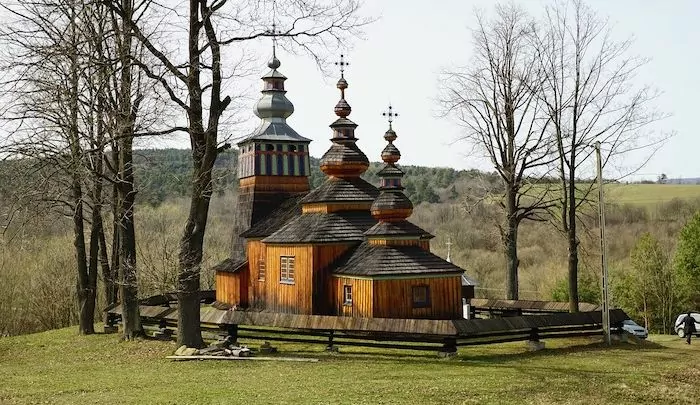
15. Tarnowskie Góry silver, lead and zinc mine
The Tarnowskie Góry mine is located in southern Poland. It includes a special water management system that has been used for three centuries to pump out unwanted water from the mine and use it for urban and industrial purposes.
16. Krzemionki prehistoric flint mines
Krzemionki is located in the southern province of Świętokrzyskie and includes four mining sites, dating from the Neolithic to the Bronze Age (approximately 3900 to 1600 BC). The mines are the most extensive prehistoric mines and workshops identified to date.
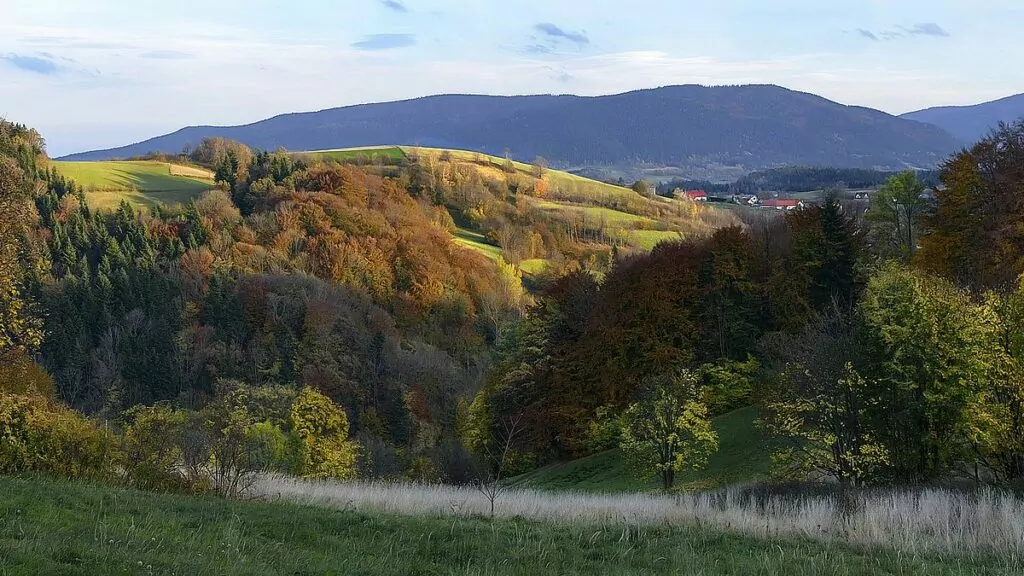
Which Unesco World Heritage Sites in Poland have you seen?
Which Unesco World Heritage Sites in Poland have you seen? Which ones are you curious about?
Łeba - a mysg holiday favourite in Poland
Poles love Łeba (pronounced Weba), and no wonder. Here you will find long white...
Travelling on the Poland ferry - Polferries Gdansk - Nynäshamn
Now we are home after a fantastic week in Poland. We travelled home with the Poland ferry...
Łódź in Poland - 15 things to see and do
Łódź in Poland, is it a city you ever thought of visiting? If not, then...
Facts about Poland - 30 things you (might) not know
Writing facts about Poland is really fun. We have travelled a lot in Poland and discovered...
Camping Stogi in Gdansk - on the Polish coastline
Now we have made it to the Stogi campsite in Gdansk. We have been here before, but...
Things to do in Krakow - 12 tips for Poland's historic centre
There is a lot to see and do in Krakow, and here are our personal tips. Krakow,...
Polferries Ystad-Swinoujscie - our experience
What is it like travelling with Polferries Ystad-Swinoujscie? We have recently travelled with the ferry M/F Cracovia...
Kozlowka Palace in Poland - and a homely campsite
Kozlowka is a twenty-year-old palace in Poland that is definitely worth a visit. The palace is a...
Travelling from Sweden to Poland in times of coronavirus
What is it like travelling from Sweden to Poland in times of coronavirus? We have finally travelled...
Polish food - specialities of Polish cuisine
Polish food, what is it? Polish cuisine is not often talked about ......
Camping Metropolis in Sopot, Poland
We are at Camping Metropolis in Sopot and have now been joined by Peter's brother ...
Baking St Martin croissants at a museum in Poznan
We got to try baking St Martin croissants at a museum in Poznan. So, what is...
Maszoperia - nice campsite on the Hel peninsula in Poland
Now we've found a nice campsite on the Hel peninsula in Jastarnia, about halfway out of...
With Unity Line from Poland to Ystad - and a visit to Szczecin!
After a nice visit to Poland, in Gdansk and Szczecin, we travelled back with Unity ...
Canoeing in Wroclaw, Poland - a great experience!
We tried canoeing in Wroclaw, Poland. What a fantastic experience! Sometimes the...
Poznan, Poland - 11 things to see and do
Poznan in Poland is a city with an amazingly beautiful square. Our jaw almost dropped when...
Radegast railway station in Łódź - Holocaust memory
The Radegast train station in Łódź is a historic railway station, known for having been used during World War II for...
Summer holidays in Poland - our top tips
Yesterday we came home from a week's summer holiday in Poland. We have had a very nice ...
Visenter in Poland - Bialowieza Forest, Bialowieza National Park
Mink in Poland! We have long dreamed of seeing wild bison in Poland and to...
Recipe for Zurek - we cook Polish soup
Today's recipe is for zurek, our absolute favourite soup in Poland. I don't think we ever...
Nicolaus Copernicus' house in Torun, Poland
The Nicolaus Copernicus House in Torun is a museum that tells the story of the life of the astronomer Copernicus,...
Masurian Lakes in Poland - A canal boat trip from Mikolajki
The Masurian Lakes in Poland offer a magical holiday paradise in the eastern part of the country,...
Mierzecin - castles in Poland with magical scenery
Mierzecin - castle in Poland with magical nature in Dobiegniew in the countryside of western Poland. The castle...
Luxury hotels in Warsaw - Polonia Palace in Poland
The Polonia Palace in Poland is a 4-star and centrally located luxury hotel in Warsaw with 206 rooms...
Things to do in Sopot, Poland - our top 11 tips
What to see and do in Sopot, Poland? Sopot is a lovely holiday resort with...
The whole peninsula in Poland - Long white paradise beaches
The Hel Peninsula in Poland offers amazing views. This peninsula is a 35-kilometre-long spit of land that...
Wroclaw in Poland - 14 tips for things to see and do
Wroclaw in Poland is a city full of beautiful and colourful houses. Here you can stroll...
With Polferries to Poland - and a visit to Gdansk
We have embarked on a small road trip, which started with Polferries to Poland, from...
Mechelinki - The charming little fishing village in Poland
Mechelinki used to be a small sleepy fishing village on the Polish Baltic Sea coast. Not far from here are holiday resorts...
Dziwnow in Poland - a little holiday gem
Dziwnow, in north-eastern Poland, offers a wonderful holiday feeling in the summer. We found our way here more or less...


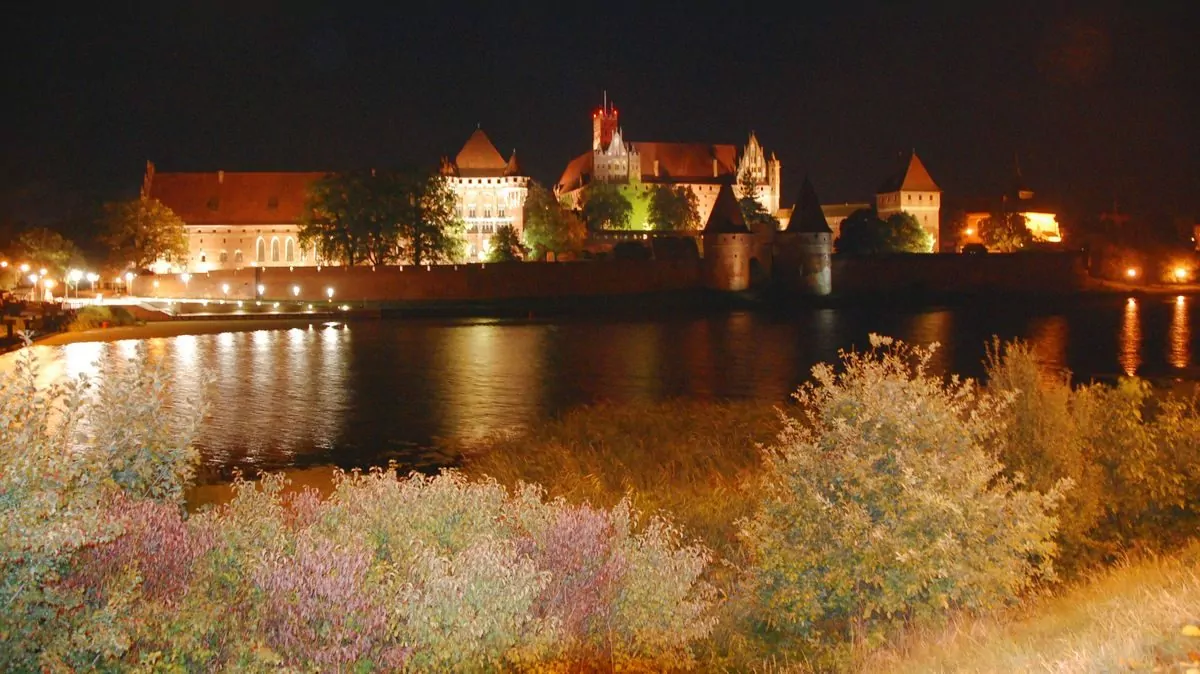








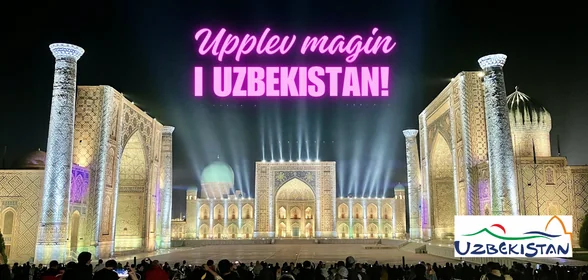



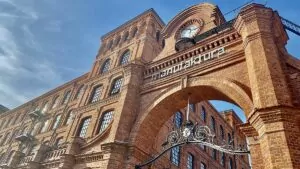


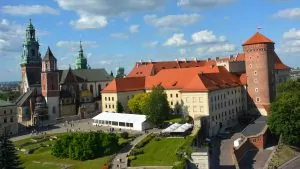

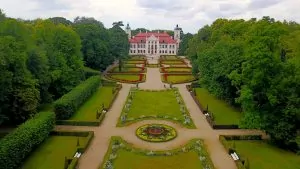






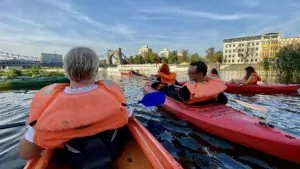
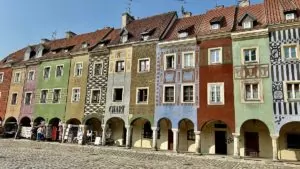
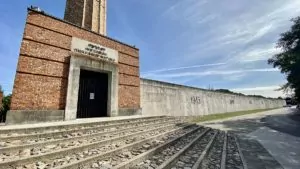
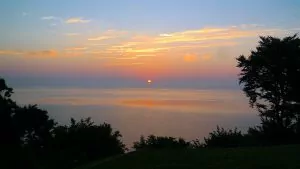
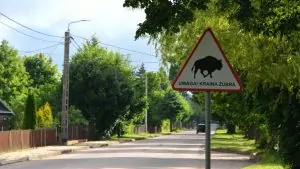

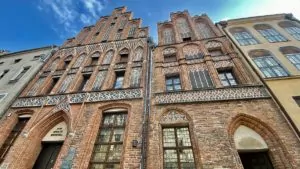
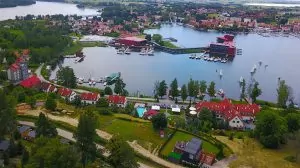
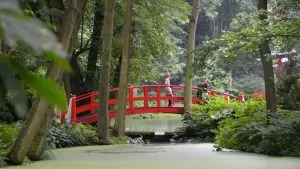

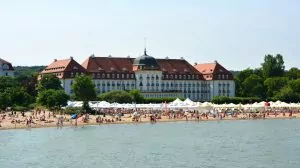

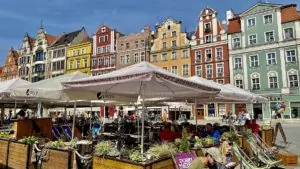

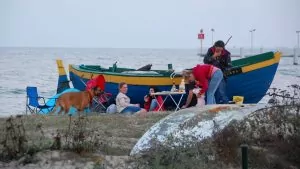

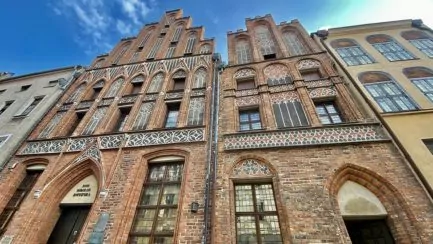

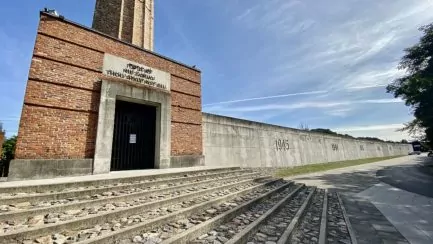
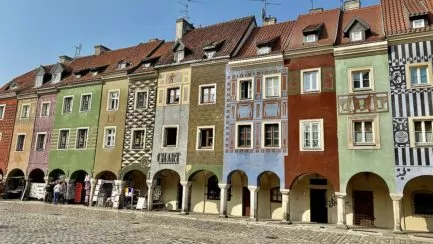
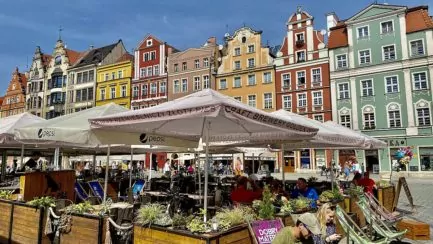
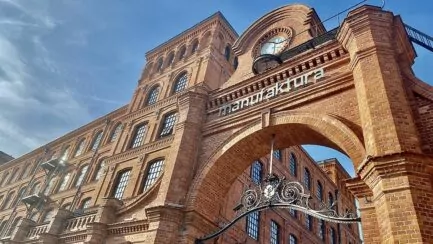



Ann says:
Oh what a fun read!
I have never visited Poland at all, so I have to answer no to that question 🙂 .
07 January 2021 - 8:51
Helena says:
Glad you enjoyed it! Poland is a nice and interesting country! 🙂
07 January 2021 - 17:47
Eva+/+Leva+som+Eva says:
Well, four is a good start: historic centres in Krakow and Warsaw, Auschwitz-Birkenau and Torun. More to come!
07 January 2021 - 9:01
Helena says:
Good start! 🙂 And yes, there is a lot to experience in Poland!
07 January 2021 - 17:48
Evy Knoph says:
I am generally not particularly interested in world heritage/historical buildings, but like to visit Poland. I saw that the hall where I was watching the European Handball Championship 2016 in Wroclaw was on the list (Hala Stulecia). So I can tick it off, also Auschwitz/Birkenau (was at a conference in Krakow, the organised excursion went to the salt mine, but I and some colleagues chose to go to A/B instead. Very poignant). Old Town in Warsaw and Krakow too... so 4... if there are more, it is probably in connection with the fact that I happen to be there for other reasons.
07 January 2021 - 9:28
Helena says:
What fun that you saw the handball world championship in Hundraårshallen! 🙂 And can only agree when it comes to Auschwitz, poignant and important, nothing you forget in the first place.
07 January 2021 - 17:49
Bo Pettersson says:
Have visited the country 6 times but only managed 4 world heritage sites. A beautiful country with friendly people. Travelled in a camper van last time, previously a motorcycle.
07 January 2021 - 9:32
Helena says:
Glad you have been to Poland so many times! A nice country, we think, and it's great to travel with a motorhome there!
07 January 2021 - 17:50
Bo Pettersson says:
Have visited 4 world heritage sites but travelled 6 times in this beautiful country.
07 January 2021 - 9:34
Ditte says:
What a great list". I know places 1-4 well and have been here several times. Others on the list I have read about and a lot was new to me.
07 January 2021 - 16:12
Helena says:
Some things were new to us too. Would be interesting to visit Zamosc for example!
07 January 2021 - 17:51
Marianne - Glimt av verden says:
Kraków, Wieliczka, Auschwitz-Birkenau, Malbork and Torun. That's five visits. Poland is an underrated holiday destination!
07 January 2021 - 18:59
BP says:
The Poles are good at creating replicas, because even Gdansk was rebuilt after the Second World War. Very well done!
I have visited Malbork. A very powerful and impressive building.
07 January 2021 - 19:12
Marias Memoarer says:
1-3 I have seen, about 15 years ago. The wooden churches also sound interesting, I have had a bit of a craze for just churches lately 🙂 And old city centres you can't get enough of.
08 January 2021 - 16:51
Maggan och Göran says:
Poland is on our wish list as soon as it is safe to travel in Europe again, thanks for the great tips!
08 January 2021 - 22:50
Maya Nordlund says:
Oh I love world heritage sites! Unfortunately I haven't visited any of these, but then I know where to go next time I visit Poland! 🙂
09 January 2021 - 10:38
Lena - gott för själen says:
I have never been to Poland, but it is high on my wish list. There seems to be so many nice and interesting things there. And now that I have read the post, as usual, I get even more hungry.
Hug Lena
13 January 2021 - 6:31
Åsa på husbilsresa.se says:
Poland is a country we hope to visit. As usual, you have made an elaborate post with nice pictures 👌🏻🤗!
13 January 2021 - 17:44